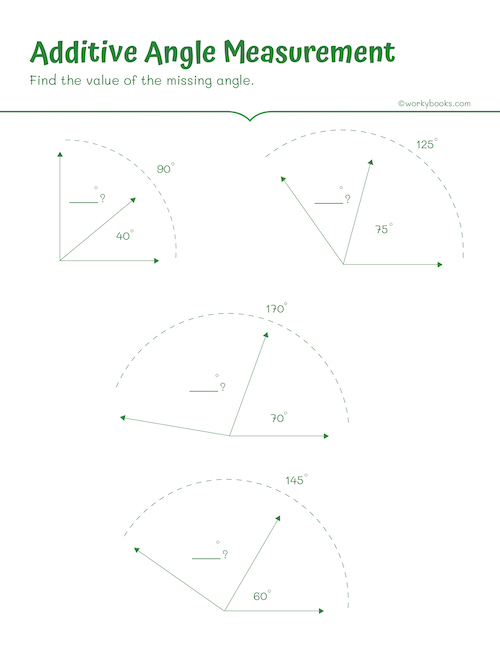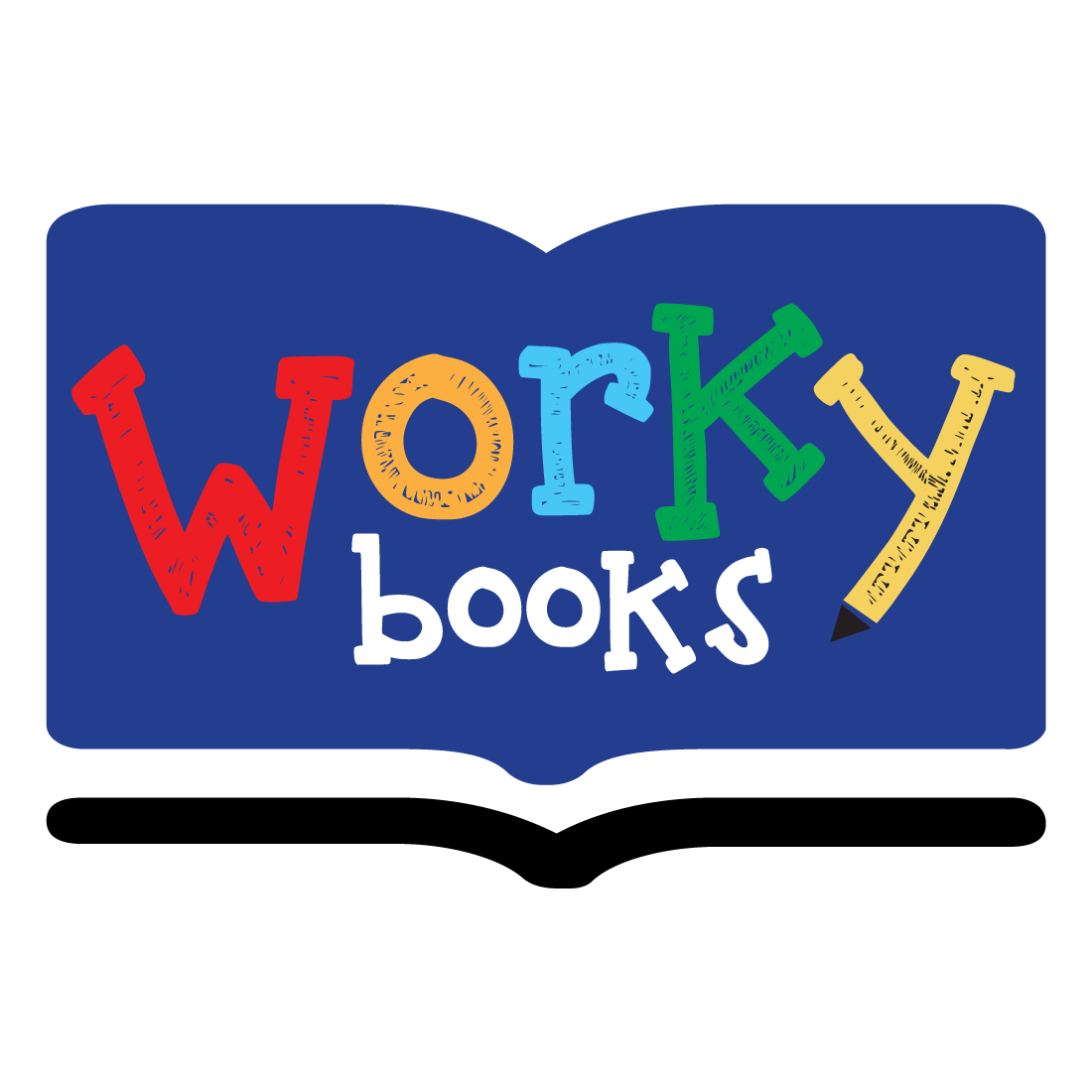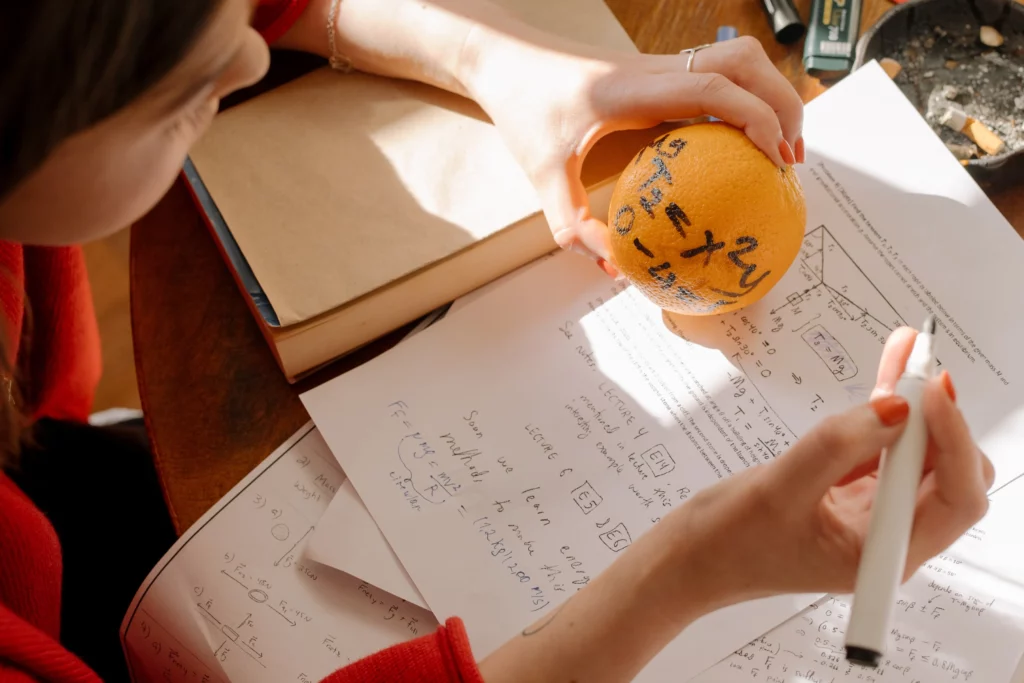Fun Measurement Worksheets: Angles, Area & Perimeter for Grade 4
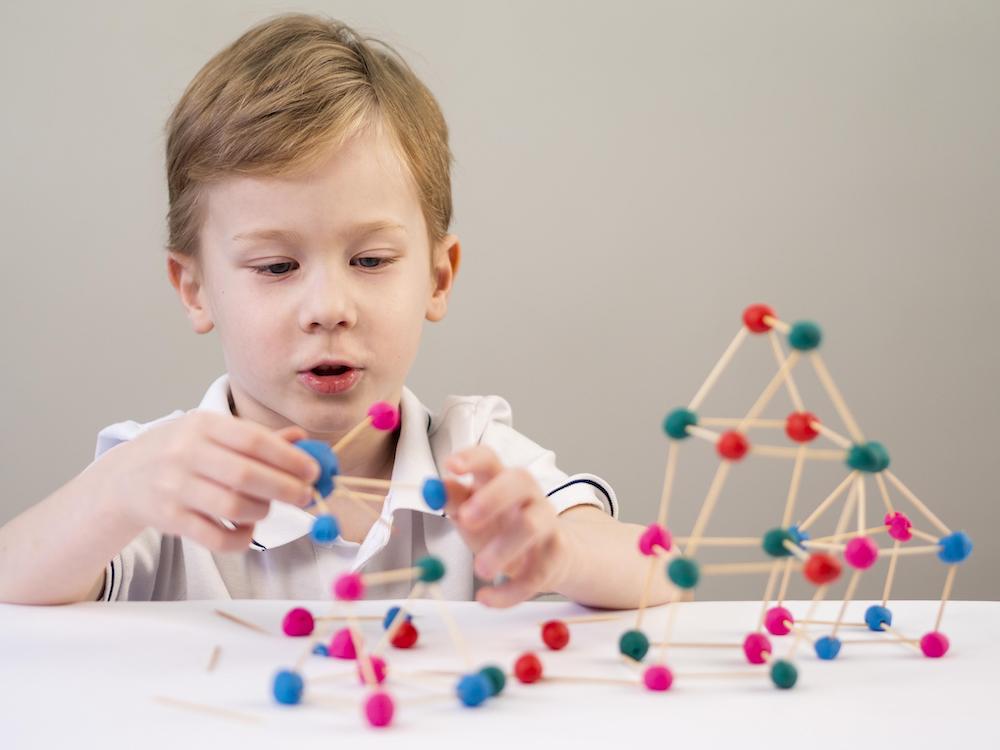
Measurement is an essential part of Grade 4 math, helping students understand shapes, sizes, and quantities in everyday life. Learning about angles, area, perimeter, and units of measurement can be exciting when introduced through interactive worksheets, digital games, and printable activities. Whether you are a teacher looking for classroom resources, a homeschooling parent, or a student eager to practice, this guide covers everything you need to make measurement fun and engaging!
Understanding the Basics: Units of Measurement
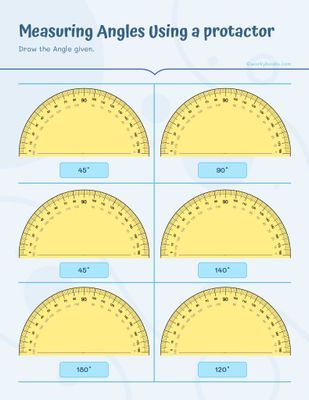
Before diving into angles and perimeter, students must grasp Units of Measurement. These include both metric (centimeters, meters, liters) and customary units (inches, feet, gallons). Using interactive worksheets and games, students can practice real-life scenarios, such as measuring objects in their surroundings or converting units seamlessly.
Exploring Angles: Additive Angles and More
Angles play a crucial role in geometry, and understanding them through interactive activities helps solidify concepts. A great way to engage students is through an additive angles game, where they can learn how to measure and add angles to solve problems.
For extra practice, teachers can use Measuring Angles worksheets, which provide step-by-step guidance on using a protractor and identifying different types of angles (acute, obtuse, right, and straight angles). These worksheets make learning angles interactive and easy to understand!
Mastering Area and Perimeter Through Fun Games
One of the most engaging ways to learn area and perimeter is through Area and Perimeter Games. These games encourage students to solve real-world problems, such as designing a garden or building a fence, reinforcing the importance of measurement in daily life.
Along with games, students can practice using free printable online worksheets, which help them apply their knowledge to various shapes like squares, rectangles, and triangles. Interactive digital activities can also enhance understanding by allowing students to visualize measurements dynamically.
Analyzing Data with Line Plots
Line plots are an excellent tool for teaching data representation. In 4th grade measurement, students learn to collect, organize, and interpret data using plots. The Line Plot Measurement Data games help students connect math with real-world data, such as measuring classmates’ heights or tracking daily temperatures.
Using teaching resources like digital tools and worksheets, educators can make learning about data fun and engaging. Line plots also help students develop critical thinking skills as they analyze patterns and trends.
Solving Real-World Problems with Measurement Word Problems
Measurement is not just about numbers—it’s about application! Word Problems provide students with real-life scenarios where they must apply their knowledge of units, area, perimeter, and angles to find solutions.
Classroom resources such as math challenges, group activities, and role-playing exercises help students think critically. Teachers can also incorporate interactive games where students work in teams to solve measurement-related challenges, reinforcing the importance of collaboration in problem-solving.
Enhancing Learning with Printable and Digital Worksheets
For educators and parents looking for homeschooling tools, Units of Measurement worksheets are a great way to offer structured learning. Printable and digital worksheets allow students to practice independently, reinforcing concepts through repetition and application.
These worksheets can be assigned to a group of students in a classroom setting or used for independent practice at home. With a combination of games, interactive tasks, and problem-solving exercises, students can develop a strong foundation in measurement.
Activities to Make Measurement Engaging
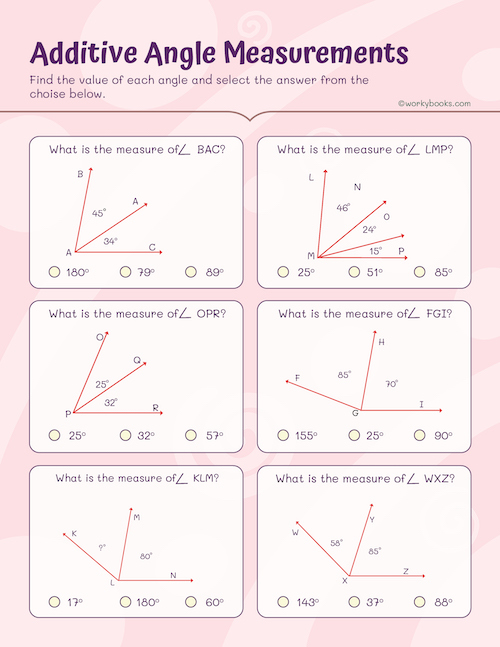
1. Angle Adventure Game
Give students protractors and have them measure objects around the classroom. Then, challenge them to identify straight angles, right, acute and obtuse.
- Example: Ask students to measure and compare the angles of a classroom door, a book cover, and the hands of a clock.
- Fun Fact: The Leaning Tower of Pisa tilts at an angle of about 4 degrees!
2. Perimeter and Area Treasure Hunt
Students can use a ruler or measuring tape to calculate the area and perimeter of objects like desks, rugs, or chalkboards.
- Example: “If a desk has a length of 4 feet and a width of 2 feet, what is its perimeter? What is its area?”
- Fun Fact: The largest rectangle ever recorded is the Great Wall of China, stretching over 13,000 miles!
3. Line Plot Survey Challenge
Have students measure the height of classmates and record the data on a line plot. This visual representation helps them compare and analyze data easily.
- Example: “How many students are between 4.5 and 5 feet tall?”
- Fun Fact: The world’s tallest recorded person was 8 feet 11 inches tall!
4. Units of Measurement Relay Race
Divide students into teams and give them different measuring tools (ruler, measuring tape, scale). Call out real-life objects, and students must choose the correct tool and unit of measurement.
- Example: “What would you use to measure the weight of a watermelon? Inches, pounds, or gallons?”
- Fun Fact: A single raindrop is about 0.05 inches in diameter but can weigh as much as 0.2 grams!
5. Word Problem Escape Room
Create a set of measurement word problems students must solve to unlock clues. Each correct answer brings them closer to escaping!
- Example: “If Sarah’s garden is 8 feet long and 6 feet wide, what is the total area? If she wants to fence it, how much material will she need for the perimeter?”
- Fun Fact: The world’s largest garden is the Dubai Miracle Garden, covering 780,000 square feet!
How These Activities Help Teachers in the Classroom
1. Encourages Hands-On Learning: These activities allow students to apply math concepts to real-life situations, making learning more meaningful.
2. Enhances Critical Thinking: Measurement-based word problems and challenges encourage students to analyze, compare, and solve problems independently.
3. Makes Learning Interactive: Games and real-world applications keep students engaged and excited about math.
4. Supports Different Learning Styles: Combining visual, auditory, and kinesthetic learning ensures that every student can grasp measurement concepts effectively.
5. Boosts Collaboration: Group activities like the treasure hunt and relay race foster teamwork and communication skills.
Conclusion: Making Measurement Fun with Workybooks
Measurement doesn’t have to be boring! By integrating interactive games, fun facts, hands-on activities, and real-world applications, students develop a deep understanding of measurement concepts while enjoying the process. Whether solving word problems, working with angles, or exploring area and perimeter, making learning fun ensures better retention and engagement.
For more engaging worksheets, quizzes, and games, explore Workybooks and test your knowledge with Main Idea Quizzes to improve comprehension skills alongside math mastery!
Teachers can enhance their lesson plans with these exciting activities, making math an adventure for their students. Try these ideas in your classroom or homeschooling environment today!
